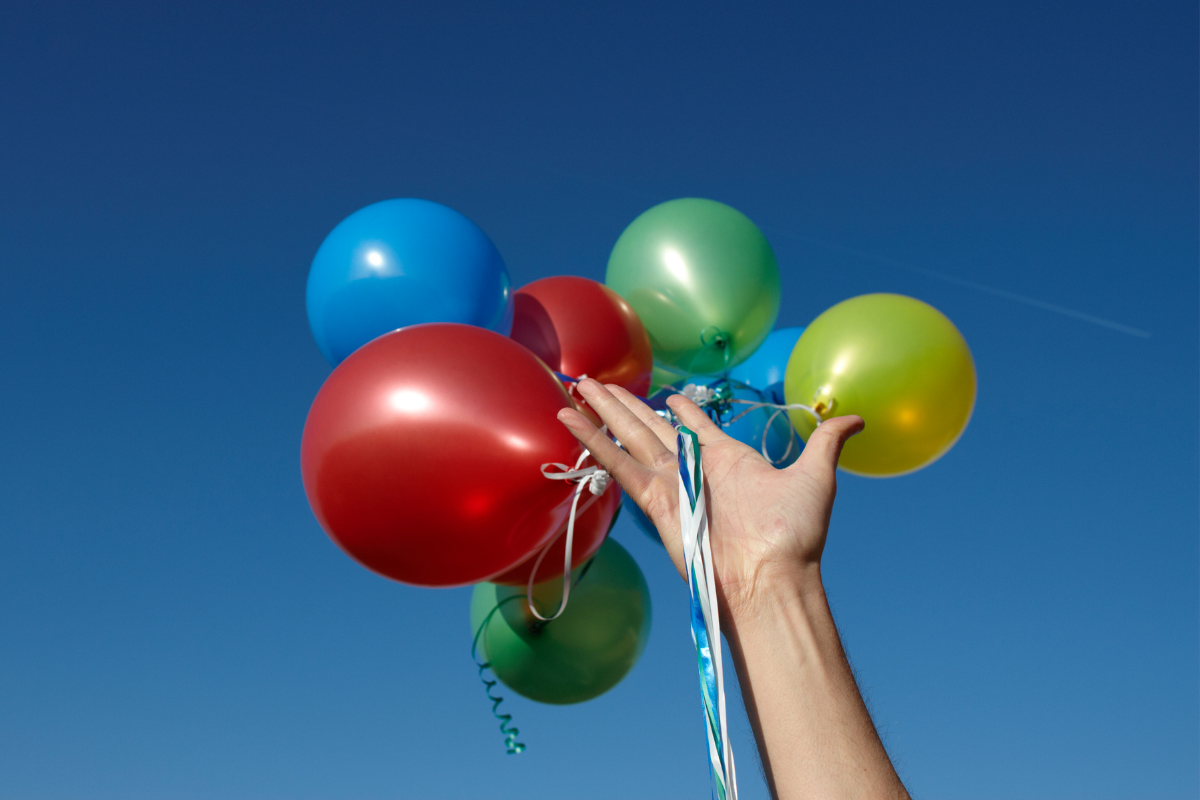There is no such thing as an environmentally friendly released balloon
Balloon litter impacts
●Balloons are ranked third after fishing gear and plastic bags/utensils as litter items that pose the greatest entanglement and ingestion risk to wildlife. Metallic inks and paints on foil balloons flake off when exposed to environmental factors leaving a clear plastic balloon. In the water, these balloons can resemble squid and jellyfish.
● A 2019 study that found balloons are the highest-risk plastic debris item for seabirds—32 times more likely to kill them than ingesting hard plastics.
● Balloons can travel great distances. In 2006, a beach cleanup volunteer in Virginia found a balloon with an attached note indicating that it had been released in Oklahoma, more than 1,300 miles away.
Good news for wildlife
Legislation prohibiting the intentional release of any helium-filled balloons in Connecticut is moving through the legislature. Hawaii, Maryland and Virginia are the only other states that prohibit outdoor balloon releases altogether. California, Delaware, Florida, Maine, Rhode Island and Tennessee have restrictions.
Happening in Connecticut
● During the last six years on average, Save the Sound volunteers collected more than 400 foil (Mylar is a brand) or latex balloons each year in Connecticut. They are the most common trash found floating in Long Island Sound.
● Connecticut’s waters are home to four species of sea turtles who often mistake latex balloons for food. When sea turtles washed up on shore were sent to a Connecticut aquarium for autopsies, their intestines were clogged by balloons.
Balloon Alternatives
Ideas for remembering a loved one include distributing native seeds to plant, installing a bird bath or bench at a park near a loved one’s home, creating a wildlife garden with native plants that will attract butterflies and birds or lighting candles or luminaries. For celebrations, blowing bubbles, lighting sparklers, and playing musical instruments are all uplifting and don’t harm the environment or wildlife. For more ideas, visit preventballoonlitter.org.

